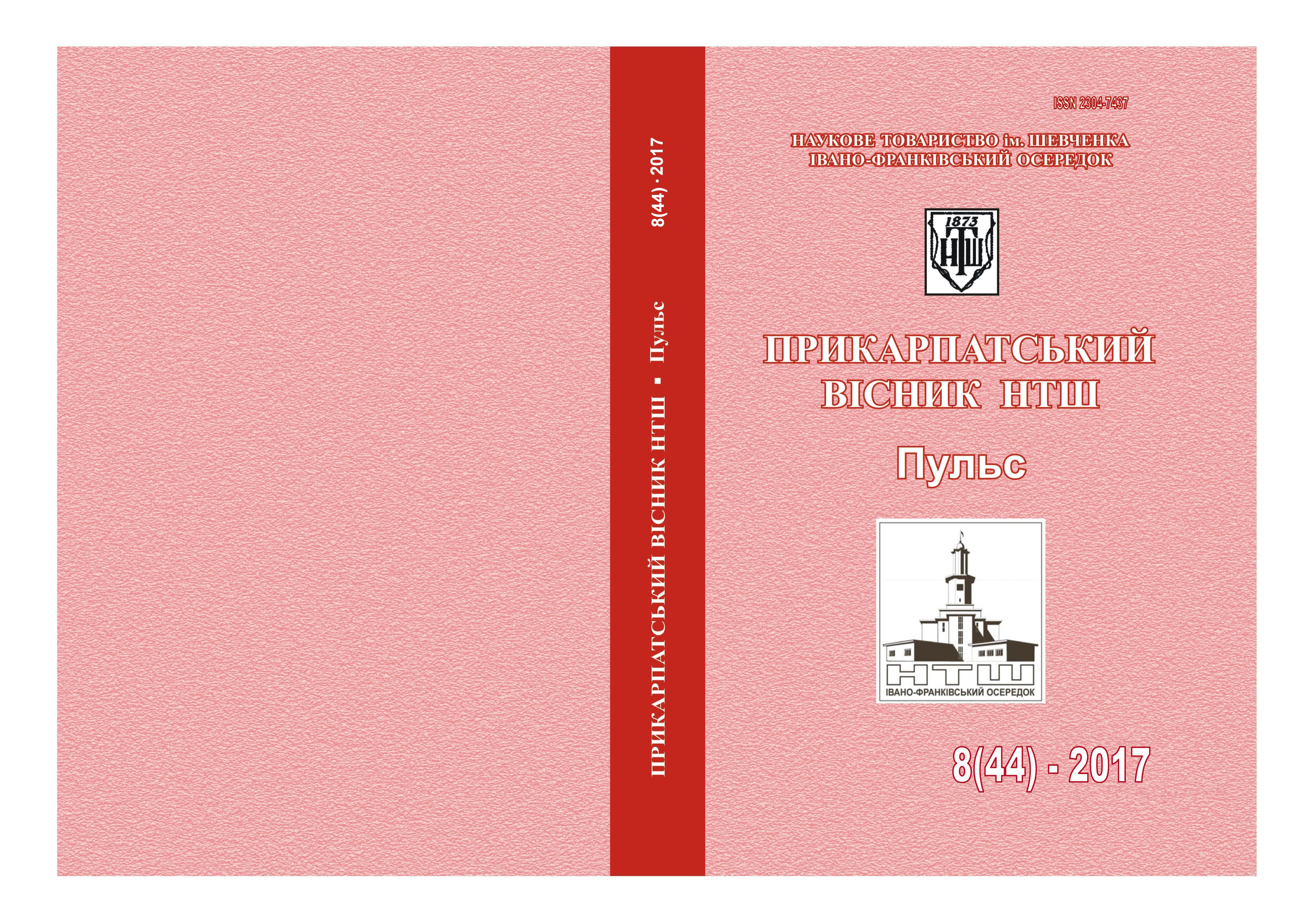THE OUTCOMES OF NEUROPHYSIOLOGICAL EXPERIMENTS OF PACLITAXEL-INDUCED PERIPHERAL NEUROPATHY COMBINED WITH 2-ETHYL-6-METHYL-3-HYDROXYPYRIDINE SUCCINATE ADMINISTRATION
Keywords:
paclitaxelis, pharmacological potential, hydroxypyridine succinate.Abstract
Paclitaxelis an effective chemotherapeutic agent for solidtumors,but has series of treatment-limiting adverse effects that markedly decrease patients' quality of life. Peripheral neuropathy is one of these, but currently, there are no proven effective drugs for the prevention or treatment of paclitaxel-induced neuropathic pain (PINP) or chemotherapy-induced peripheral neuropathy (CIPN) in general.
2-ethyl-6-methyl-3-hydroxypyridine succinate is a derivative of succinic acid with neuroprotective, antihypoxic, membrane protective, nootropic, sedative action. We investigated the pharmacological potential of 2-ethyl-6-methyl-3-hydroxypyridine succinate in preventing paclitaxel-induced peripheral neuropathy.
Paclitaxel was administered intraperitoneally to random bred male-rats at a dose of 2 mg/kg 4 times every other day which resulted in mechanical allodynia and thermal hyperalgesia. 2-ethyl-6-methyl-3-hydroxypyridine succinate was injected intraperitoneally at a dose of 10 mg/kg within 10 following days after last paclitaxel administration. The signs of PINP (mechanical allodynia and thermal hyperalgesia) were measured within 150 days of experiment using the von Frey filament assay and Hot Plate test, respectively.
Our results suggest that 2-ethyl-6-methyl-3-hydroxypyridine succinate administration exerts a protective effect againstpaclitaxel-induced neuropathy by increasing of reduced mechanical withdrawal thresholds (von Frey assay) and reaction latency (Hot Plate test) on the 7th, 14thand 30th days of experiment.
These results indicate that 2-ethyl-6-methyl-3-hydroxypyridine succinate attenuates paclitaxel-induced neuropathic pain in rodents and could be a promising therapeutic agent for the management of this intractable disease.
References
2. Дмитрієв Д.В. Використання аналгезії поперечного площинного бло-ку зменшує рівень тол-подібних рецепторів (TLR4) у плазмі маркера гіпералгезії в ранньому післяопераційному періоді / Д.В. Дмитрієв // Медицина невідкладних станів. – 2015. – № 8 (71). – С. 50-54.
3. Дронов С.Н. Фармакология мексидола и его применение в психонев-рологической практике / С.Н. Дронов // Вісник ВДНЗУ «Українська медична стоматологічна академія».– 2016. – Том 15. – Вип. 3(51), ч.1. – С. 328-335.
4. Казаишвили Ю.Г. Исследование анальгетической активности новых производных тиодиазона / Ю.Г. Казаишвили, М.А. Демидова // Современные проблемы науки и образования. – 2012. – № 6. – С. 370.
5. Экспериментальное исследование анальгетической активности экстракта аконитаКузнецова / С.Г. Крылова, П.С. Зориков и др. // Pacific Med. J. – 2014. – № 2. – С. 38-40.
6. Нефедов А.А. Оценка антиноцицептивного потенциала антидепресан-тов в терапии невропатической боли, индуцированной єксперимента-льным аллергическим энцефаломиелитом / А.А. Нефедов, В.И. Мамчур // Буковинський медичний вісник. – 2016. – Т. 20, № 1(77). – С. 94-98.
7. Новиков В. Фармакология производных 3-оксипиридина / В. Новиков, С. Лосенкова // Обзоры по клинической фармакологии и лекарст-венной терапии.– 2004. – Т.3. – C. 67-70.
8. Шишкова В.Н. Особенности развития неврологических осложнений у пациентов с сахарным диабетом 2-го типа и метаболическим синдро-мом: возможность коррекции и профилактики / В.Н. Шишкова // Тер. архив. – 2015. – № 1 – C. 109-114.
9. Экспериментальные модели боли и ноцицепции / Е.В. Шекунова, В.А. Кашкин, М.Н. Макарова и др. // Международный вестник ветери-нарии. – 2015. – №2. – С. 87-95.
10. A painful peripheral neuropathy in the rat produced by the che-motherapeutic drug, Paclitaxel. / R.C. Polomano, A.J. Mannes, U.S. Clark et al. // Pain. – 2001. – № 94(3). – P. 293-304.
11. Carozzi V.A. Chemotherapy-induced peripheral neuropathy: What do we know about mechanisms? / V.A. Carozzi, A. Canta, A. Chiorazzi // Neurosci. Lett. – 2015. – V. 596. – P. 90-107.
12. Hershman D.L. Prevention and Management of Chemotherapy-Induced Peripheral Neuropathy in Survivors of Adult Cancers: American Society of Clinical Oncology Clinical Practice Guideline / D.L. Hershman // J. Clin. Oncol. – 2014. –V. 32, N18. – P. 1941-1967.
13. Hoke A. Rodent models of chemotherapy-induced peripheral neuropathy / A. Hoke, M. Ray // ILAR J. – 2014. – V.54, № 3. – Р. 273-281.
14. Long-Term Effects, Pathophysiological Mechanisms, and Risk Factors of Chemotherapy-Induced Peripheral Neuropathies: A Comprehensive Litera-ture Review / N. Kerckhove, A. Collin, S. Condé [et al.] // Front. Phar-macol. – 2017. – V. 24. – N 8. – P. 86.
15. Shiotsuki H.A rotarod test for evaluation of motor skill learning / H. Shi-otsuki, K. Yoshimi, Y. Shimo // J. Neurosci. Meth. – 2010. – V.189. – P. 180-185.
16. Starobova H. Pathophysiology of Chemotherapy-Induced Peripheral Neuropathy / H. Starobova, I. Vetter // Front. Mol. Neurosci. – 2017. – V. 10. – P.174.
17. The Behavioral Assessment of Sensorimotor Processes in the Mouse: Acoustic Startle, Sensory Gating, Locomotor Activity, Rotarod, and Beam Walking / P. Curzon, M. Zhang, R.J. Radek [et al.] // In: Buccafusco JJ, editor. Methods of Behavior Analysis in Neuroscience. – 2-nd ed. Boca Raton (FL): CRC Press / Taylor & Francis; 2009. Chapter 8.
18. Vitamin E does not decrease the incidence of chemotherapy-induced peripheral neuropathy: a meta-analysis / H. Huang, M. He, L. Liu [et al.] // Contemp. Oncol. –2016. – V. 20(3). – P. 237-241.

